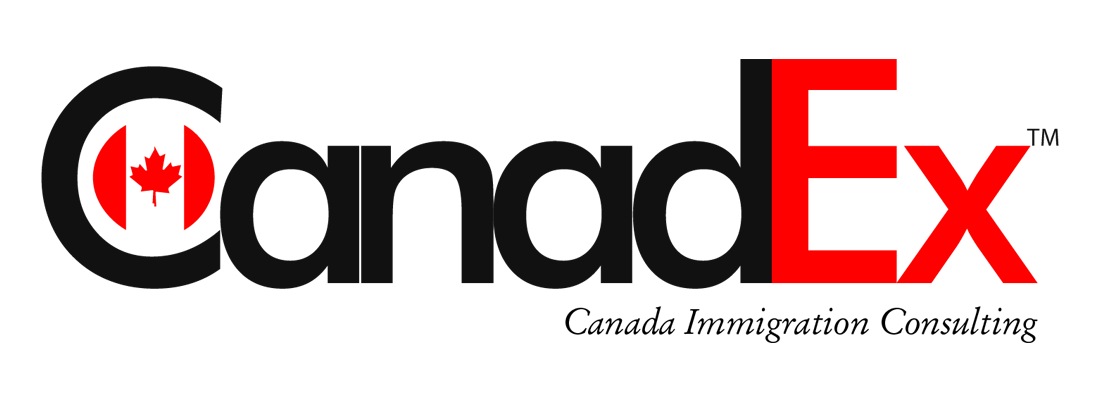In the realm of Canadian immigration, the Confirmation of Permanent Residence (COPR) is a pivotal document. It serves as tangible evidence that your application for permanent residency in Canada has garnered approval from the Immigration, Refugees, and Citizenship Canada (IRCC). However, it’s crucial to emphasize that the COPR is not a golden ticket or a travel document in itself. It marks the initiation of your journey towards becoming a permanent resident in Canada.
When is the COPR Granted?
The coveted COPR is bestowed upon individuals or families who have applied for permanent residency through various immigration pathways, such as Express Entry, the Provincial Nominee Program, or Family Sponsorship. To reach this milestone, several prerequisites must be met:
Application Submission: You must have diligently submitted your application online or via traditional mail, following the specified procedures.
Fee Payments: All applicable fees related to your application must be paid in full.
Document Submission: If requested by the IRCC, you should have provided all the necessary documents and details to support your application.
Once your application successfully navigates this rigorous process and is accepted, the IRCC will extend a warm welcome. They will send you a comprehensive message detailing the steps required to confirm your permanent residence online. This entails creating an account on the IRCC website and submitting essential documents, including a copy of your passport or travel document, a recent photograph, and your current address, whether in Canada or abroad.
Upon confirming your agreement online, the IRCC will promptly dispatch an email containing your official COPR document. It’s paramount that you safeguard this document as it will be indispensable for the subsequent stages of your journey towards becoming a permanent resident and obtaining your permanent resident card.
Distinct Routes to Obtaining COPR
1. For Applicants Outside Canada:
To gain entry into Canada, you’ll need more than just the COPR. A legal visa or an Electronic Travel Authorization (eTA) is essential if you hail from one of the eligible countries. Once your permanent residency application is approved while you are outside Canada, the Canadian visa will be stamped onto your passport.
Upon arrival in Canada, you’ll be required to present your COPR paper along with your passport or travel document to the border services agent. Expect a thorough review of your documents and a series of questions to ensure your identity and eligibility.
If all goes smoothly, the officer will stamp your paperwork and extend a warm welcome to Canada. It’s noteworthy that your COPR paper remains valid until the expiry date stated on it or until the expiration of your visa, whichever comes first. It’s advisable to make plans to enter Canada within the stipulated timeframe. Failing to do so necessitates an explanation to the IRCC, potentially resulting in reapplication or the issuance of a new COPR.
2. For Applicants Inside Canada:
If you find yourself within the Canadian borders, there’s no need to venture outside to complete your landing process. The IRCC facilitates this entirely online through its website.
Your task involves submitting a copy of your COPR document and a recent photograph of yourself. The IRCC will diligently review your papers and, upon verification, confirm your status as a permanent resident.
What’s Next After COPR Confirmation?
Once you’ve successfully proven your permanent residence online or at the port of entry, you officially become a permanent resident of Canada. This transformation carries numerous privileges and responsibilities:
Rights and Benefits: As a permanent resident, you gain the right to live, work, study, and access healthcare and social benefits in Canada. You become an integral part of Canadian society, and your contributions extend to paying taxes and abiding by Canadian laws and values.
Support Services: Canada offers free employment and settlement services to newcomers, ensuring that you have the support needed to thrive in your new home.
Permanent Resident Card: Within 90 days of your arrival in Canada as a permanent resident, you’ll receive a permanent resident card by mail. This card is a vital legal document that attests to your identity and status in Canada. Always keep it secure and carry it with you whenever you step outside of Canada.
Moreover, you have the option to apply for Canadian citizenship after residing as a regular permanent resident for at least three years. This significant milestone opens doors to even more rights and opportunities, such as the ability to vote, run for office, and hold a Canadian passport.
The COPR represents far more than just a piece of paper; it signifies a life-changing transition to permanent residency in the vibrant and diverse landscape of Canada. Your journey toward becoming a Canadian citizen starts with this pivotal document, which serves as your key to unlocking the remarkable opportunities that await.
Interested in Immigrating to Canada?
